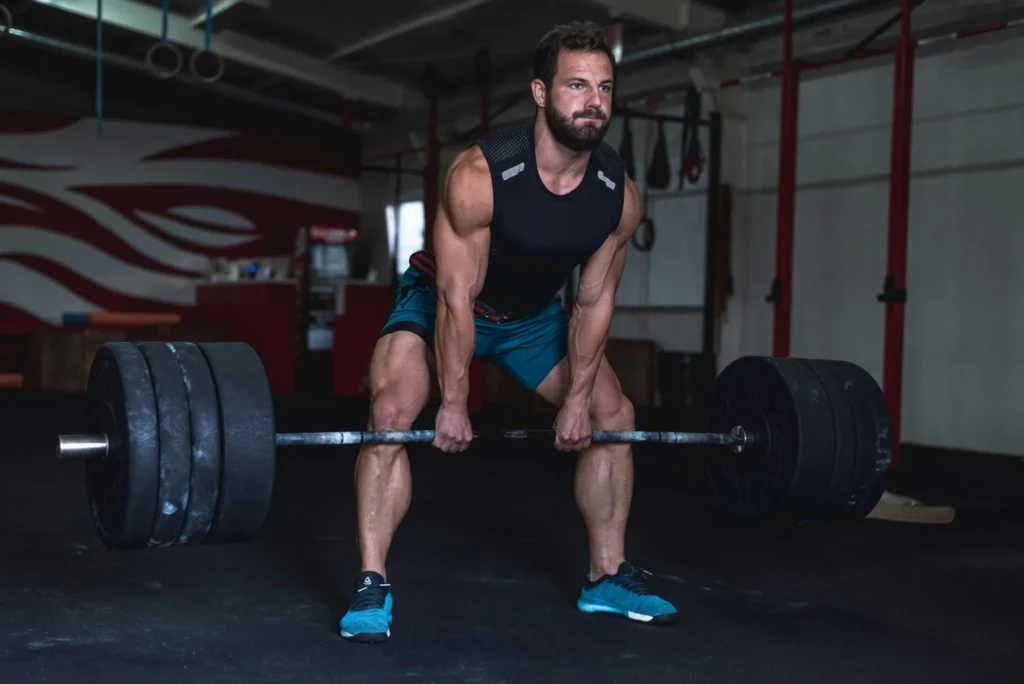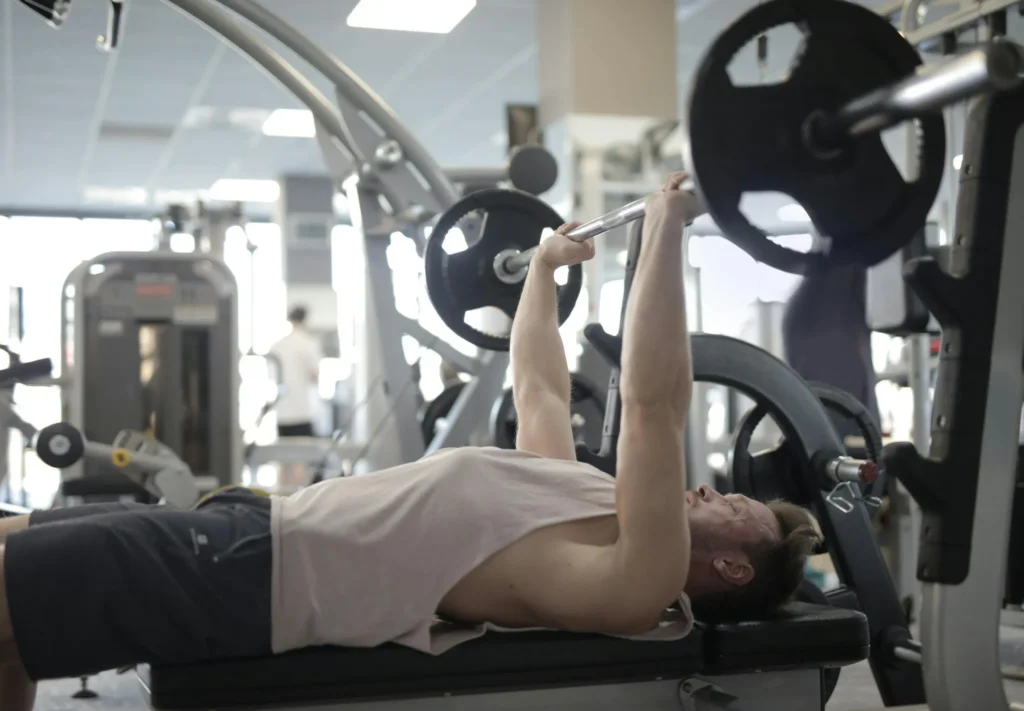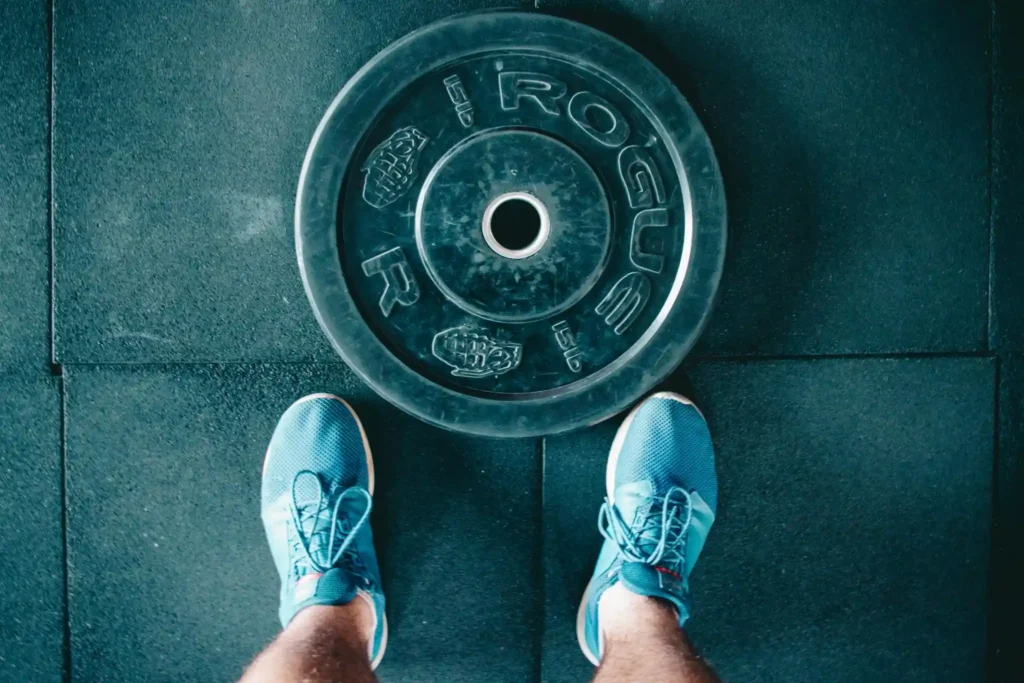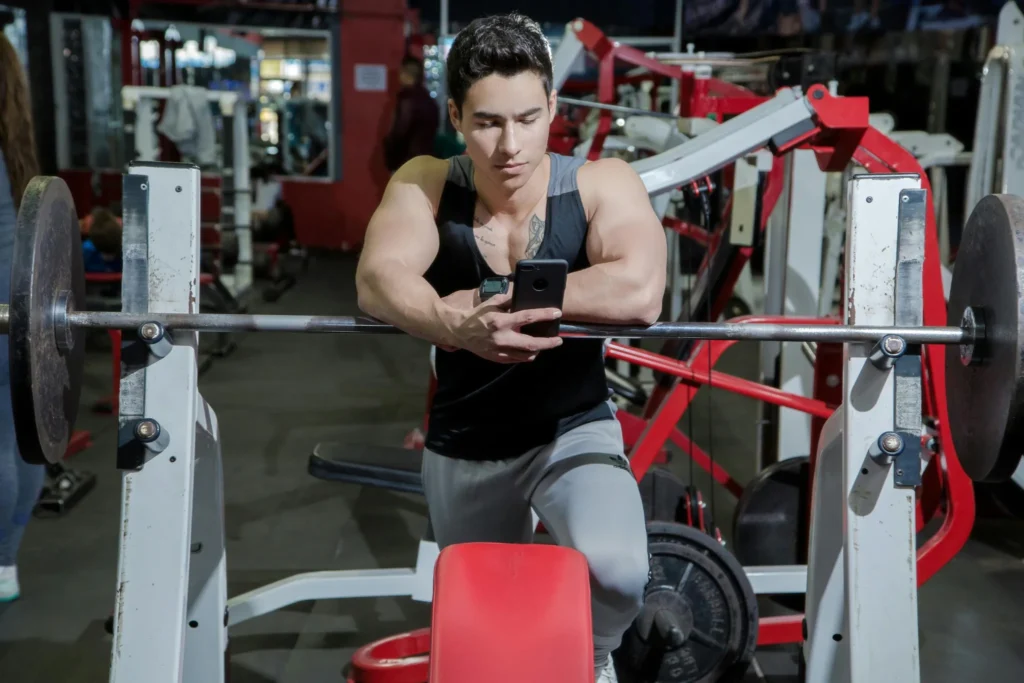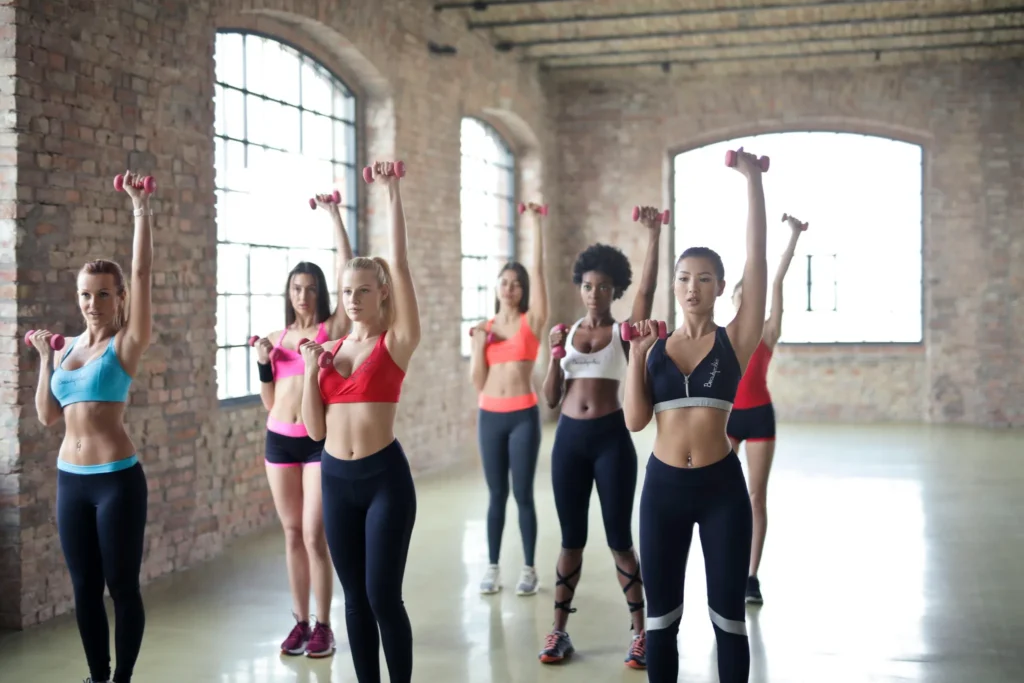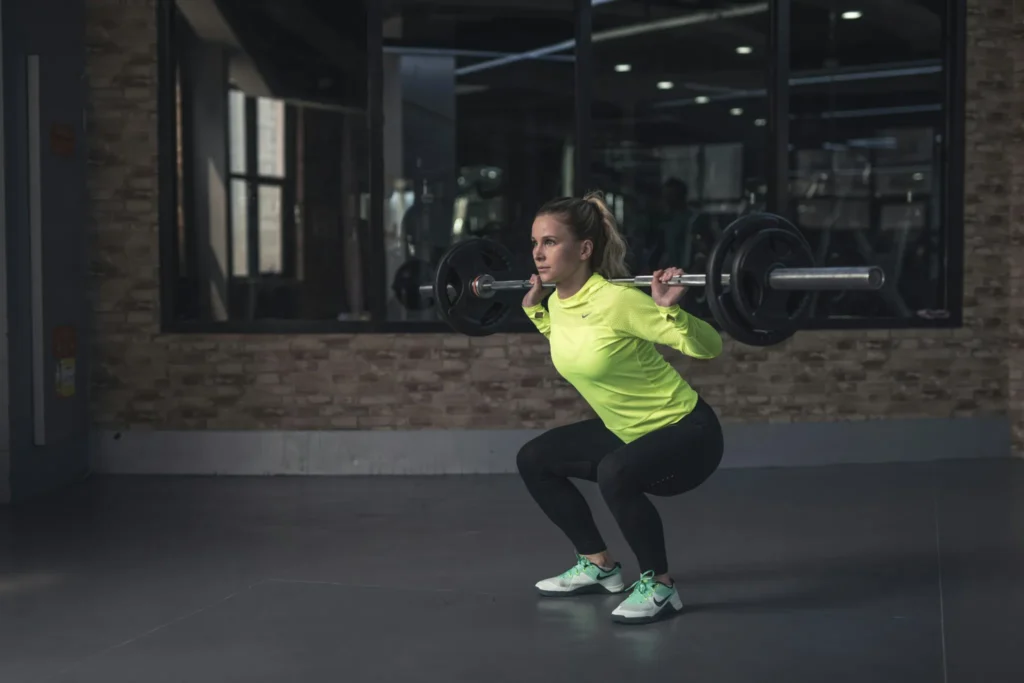
Leg Day Workout: Build Stronger Legs, Glutes, and Core Stability
Leg Day is one of the most important parts of any complete training split. It focuses on developing the lower body — including quads, hamstrings, glutes, calves, and core — and contributes to full-body strength, power, and symmetry. This guide will walk beginners through an effective and balanced Leg Day routine that enhances muscle growth, mobility, and athletic performance.
Incorporating Leg Day into your weekly workout routine is essential for both physique and functional strength. Your legs are the foundation of your body — they power nearly every athletic movement and provide stability in day-to-day life. From climbing stairs to lifting heavy objects, strong legs make everything easier.
Leg workouts are sometimes skipped because they’re challenging, but that’s exactly why they matter. Training the lower body improves metabolic rate, boosts hormone production, and promotes better balance. Whether your goal is to build muscle, lose fat, or improve performance, Leg Day should never be overlooked.
When you train large muscle groups like the glutes, quads, and hamstrings, your body releases more anabolic hormones such as testosterone and growth hormone. These hormones don’t just help your legs grow — they support muscle growth throughout your entire body. This is why people who train legs regularly often see improvements in their upper body progress too.
Additionally, compound leg exercises like squats and deadlifts challenge your cardiovascular system and core muscles, making them some of the most efficient movements in any fitness program. They help develop full-body stability, which is key for better posture and injury prevention in daily life.
Leg training also builds mental toughness. Pushing through a heavy set of squats or lunges requires discipline and focus, which transfers to other areas of your training. Skipping leg day might seem easier in the short term, but showing up for it consistently will set you apart in the long run — both in results and mindset.
In short, strong legs create a strong body.
Why You Need a Leg Day Workout
A structured Leg Day builds more than just size — it builds a strong, athletic foundation that supports your entire body. Leg workouts:
- Target quads, hamstrings, glutes, and calves for strength and size
- Improve mobility, posture, and balance
- Increase full-body power and athleticism
- Support other lifts like deadlifts and squats
- Enhance overall symmetry and prevent muscle imbalances
Neglecting your lower body can lead to imbalances, instability, and even injury. A strong lower half is key to long-term fitness.
Beginner Leg Day Workout Routine
Here’s a beginner-friendly Leg Day routine to follow:
- Barbell Back Squat – 4 sets of 6–10 reps
Builds quad, glute, and core strength. Focus on depth and stability. - Romanian Deadlift (Dumbbell or Barbell) – 3 sets of 10 reps
Targets the hamstrings and glutes while training hip hinge mechanics. - Walking Lunges – 3 sets of 12 reps (each leg)
Improves single-leg strength, balance, and coordination. - Leg Press Machine – 3 sets of 10–12 reps
A safe way to build leg strength with added volume. - Calf Raises – 3 sets of 15–20 reps
Strengthens the calves for better ankle stability and aesthetics. - Glute Bridges or Hip Thrusts – 3 sets of 12 reps
Isolates the glutes, enhances posture, and improves squat and deadlift performance.
Nutrition Tips for Leg Day
Leg Day is intense, so proper fuel is essential. Eat a carb-rich meal 1–2 hours before your session and replenish with protein and carbs after your workout.
Pre-workout idea: Whole grain toast with eggs and fruit
Post-workout idea: Salmon with quinoa and roasted vegetables
According to Healthline, consuming carbs and protein post-workout accelerates recovery and supports muscle growth.
Keep Your Leg Day Routine Fresh
Here are some variations to keep your lower body training interesting and effective:
- Front Squats – 3 sets of 8 reps
Places more emphasis on the quads and core stability. - Bulgarian Split Squats – 3 sets of 8–10 reps (each leg)
An advanced movement that challenges balance and isolates each leg. - Sumo Deadlifts – 3 sets of 8–10 reps
Targets the inner thighs and glutes with a wider stance and hip emphasis.
Rotating in new movements every few weeks keeps your training fun and helps prevent plateaus.
Leg Day Mindset
Leg Day is as much about mental strength as it is about physical effort. These workouts are demanding — but they’re also some of the most rewarding. Approach Leg Day with focus, determination, and the willingness to push through discomfort.
Track your progress in reps, sets, and weights. Don’t expect instant results. Lower body development often takes time, but the payoff is worth it. Improved posture, stronger lifts, and a more powerful physique all begin with strong legs.
Embrace the challenge. Every squat, lunge, and deadlift builds the foundation for your entire training program.
Final Thoughts
Integrating a dedicated Leg Day into your training split builds true full-body strength and balance. Skip it, and you’re leaving half your gains on the table. Stick to your routine, eat to recover, and stay consistent.
For a complete workout plan, be sure to check out our Push Day and Pull Day guides, or explore additional resources on the Lift Evolve homepage. Whether you’re training for strength, aesthetics, or athletic performance — your transformation starts from the ground up.
Leg Day is where the real progress begins. Don’t skip it. Master it.

